Sea bass producer Samkna has the Qatari government’s backing, as the Middle East country furthers its development and tightens its food security
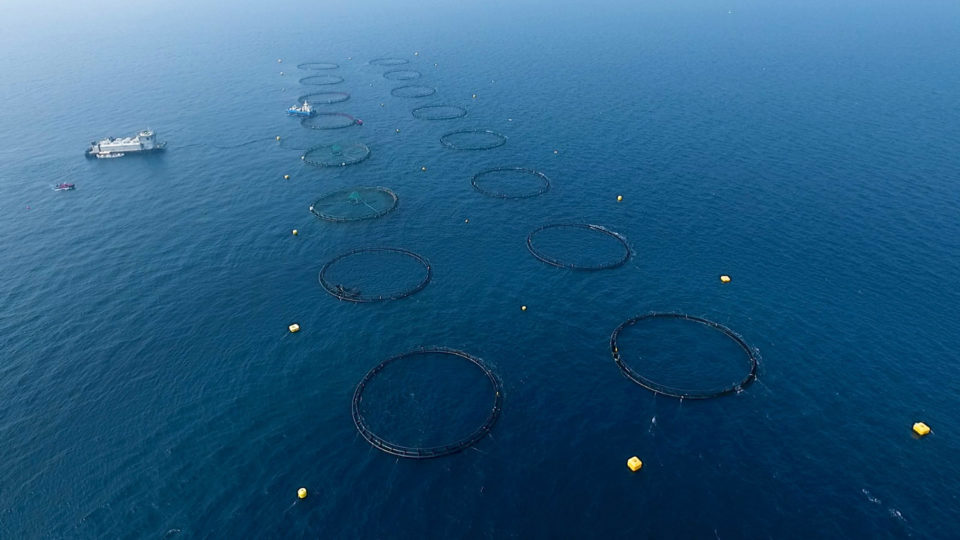
Having successfully harvested its first sea bass batch in November 2020, Qatar’s only offshore aquaculture venture is now setting its sights on doubling production and diversifying into other species. The enterprise expansion is backed by the Qatari government, which has prioritized the need to strengthen food security and meet the growing demand for fresh fish.
The Al Qamra Group – a leading business conglomerate in the state of Qatar – established Samkna fish farm in 2015 under the Food Security Programme of Qatar’s Ministry of Municipality and Environment (MME). The project supports objectives contained in the Qatar National Vision 2030 (QNV2030) – a state roadmap designed “to transform Qatar into a developed country, achieving sustainable development and securing a decent life for its present and future generations.” The first national project of its kind, the project is also intended to fulfill both the National Strategy for Food Security 2018-2023 and the MME’s 2018-2022 strategy.
Qatar implemented a strategy to encourage investment in aquaculture in recognition of the importance of the fisheries sector in the region and its pivotal role in enhancing food security, explained Mahmoud Tahoun, Al Qamra Holdings’ (AQH) operations and development director for marine aquaculture.
Qatar’s government has rushed to take proactive steps to support local production of protein-rich fish, while offshore marine sites using floating-cage technologies were identified for their potential in line with the recommendations of aquaculture experts, he said.
Collaborative planning
Ahead of putting any infrastructure in place, and with support from international aquaculture technology and service providers, Al Qamra conducted in-depth research, studies and analysis of the water available to offshore open-water fish farming. The needs of the Qatari market were also evaluated.
Today, Samkna’s site – spanning some 900,000 square meters – is located roughly 31 miles (50 kilometers) off the Qatar coast in the Persian Gulf. It has the capacity to produce 2,000 metric tons (MT) annually, although the company intends to double this by the end of 2022, Tahoun told the Advocate.
The fish are being supplied to the local market, with the current volume expected to boost the state’s self-sufficiency levels by 20 percent, and to ensure consistently high levels of quality in its product, and to safeguard biosecurity, Samkna is using the latest available technology, he pointed out.
Deepsea investments
While offshore aquaculture can produce large volumes of seafood and reduce conflicts with other coastal users, the remoteness of such operations necessitates a specific infrastructure. In the case of the Samkna fish farm project, a specialized fully automated feed storage and feeding barge was brought in. This was in addition to the installation of a floating “jack up barge” in August 2020.
Capable of accommodating 70 people, the platform is equipped with kitchens and refrigerated storage rooms stocked with enough food and essentials to meet staff needs for 30 days at a time. It also houses a system for the desalination of sea water, meeting rooms and a helipad.
Meanwhile, back on shore, to ensure fresh, high-quality products and a rapid delivery time to market, a 10,000-square-meter sorting and packaging factory has been built in the Ruwais region, near to the project site. The fish are kept at a low temperature – ranging between 0 and 4 degrees-C – from harvest through to the consumer point of sale.
“Feedback from consumers has been very good,” Tahoun said. As such, the company also intends to introduce a number of other species, with yellowfin sea bream (Acanthopagrus australis), red snapper (Lutjanus campechanus) and sobaity sea bream under consideration. Production trials with some of these will be conducted this year, he said.
Ongoing climate crisis could disrupt expansion
The project holds promise for supplying fresh fish and enhancing food security, but increased offshore aquaculture production is one measure to help prevent fish stock depletion. The threat is real: A 2018 University of British Columbia study found that by 2090, one-third of marine species could become extinct in the Persian Gulf due to rising water temperature, changing salinity and oxygen levels and human activities such as overfishing.
However, experts at Qatar University have said that any efforts will fail if “the broader international problem of excessive production of greenhouse gases that create climate change is not tackled.”
Follow the Advocate on Twitter @GAA_Advocate
Now that you've reached the end of the article ...
… please consider supporting GSA’s mission to advance responsible seafood practices through education, advocacy and third-party assurances. The Advocate aims to document the evolution of responsible seafood practices and share the expansive knowledge of our vast network of contributors.
By becoming a Global Seafood Alliance member, you’re ensuring that all of the pre-competitive work we do through member benefits, resources and events can continue. Individual membership costs just $50 a year.
Not a GSA member? Join us.
Author
-
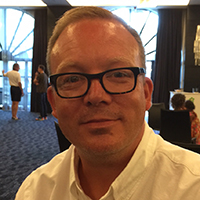
Jason Holland
Jason Holland is a London-based writer for the international seafood, aquaculture and fisheries sectors. Jason has accrued more than 25 years’ experience as a B2B journalist, editor and communications consultant – a career that has taken him all over the world. He believes he found his true professional calling in 2004 when he started documenting the many facets of the international seafood industry, and particularly those enterprises and individuals bringing change to it.
Tagged With
Related Posts
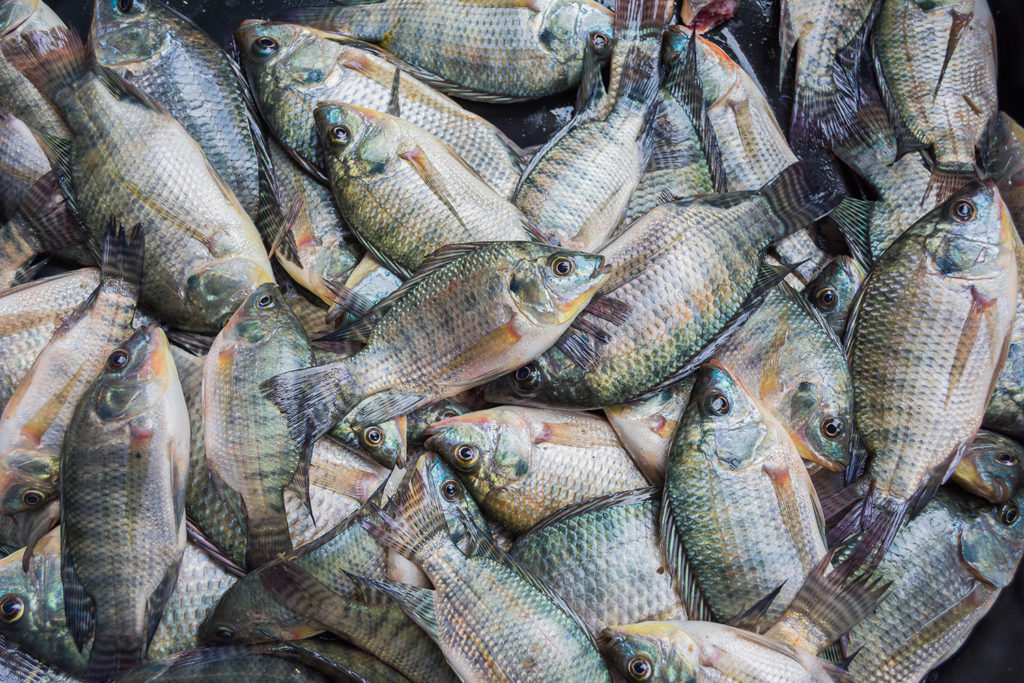
Responsibility
Can nutrition-sensitive aquaculture futureproof fish farming?
Research finds that nutrition-sensitive aquaculture can benefit public health through diverse, nutrient-rich seafood, and enabling equitable access to it.
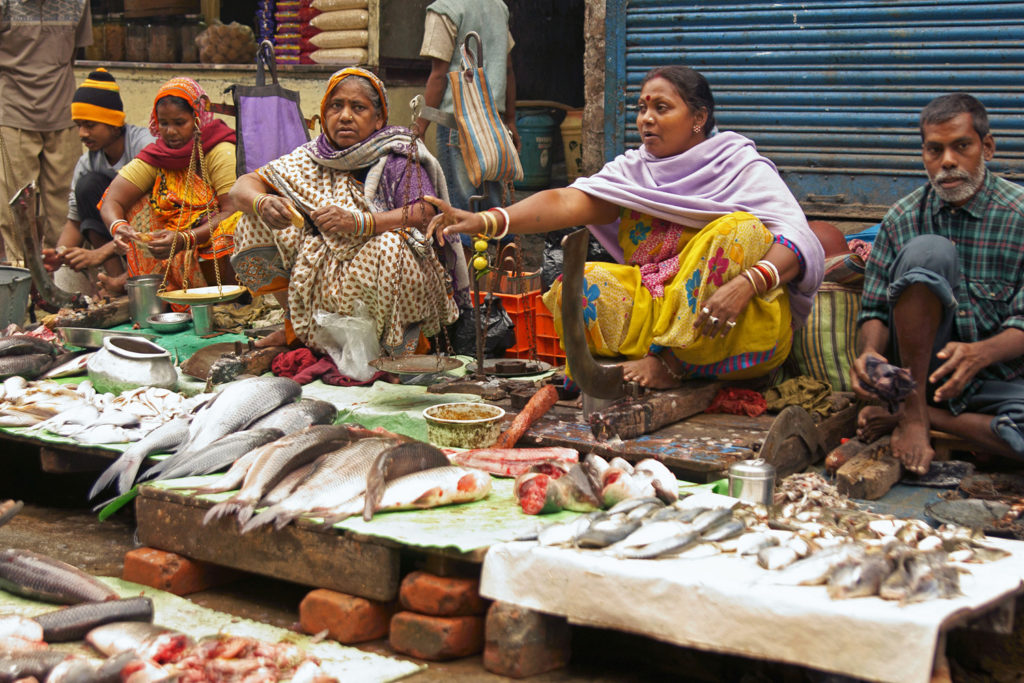
Responsibility
For global nutrition needs, aquatic foods remain overlooked
Aquatic foods can help to deliver resilient global food systems and to support critical periods of human development, a new UN paper determines.
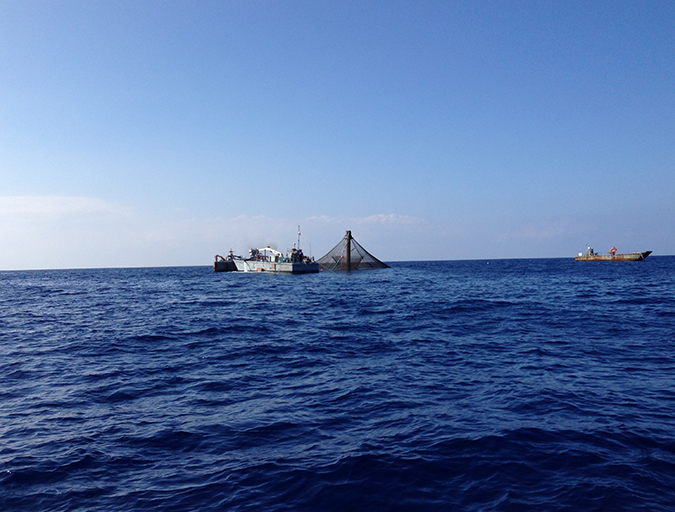
Intelligence
‘Spatiotemporal patterns’ indicate improving perceptions of aquaculture
A study led by University of California Santa Barbara researchers has found that public sentiment toward aquaculture improves over time, a potentially important development with growing interest in offshore aquaculture.
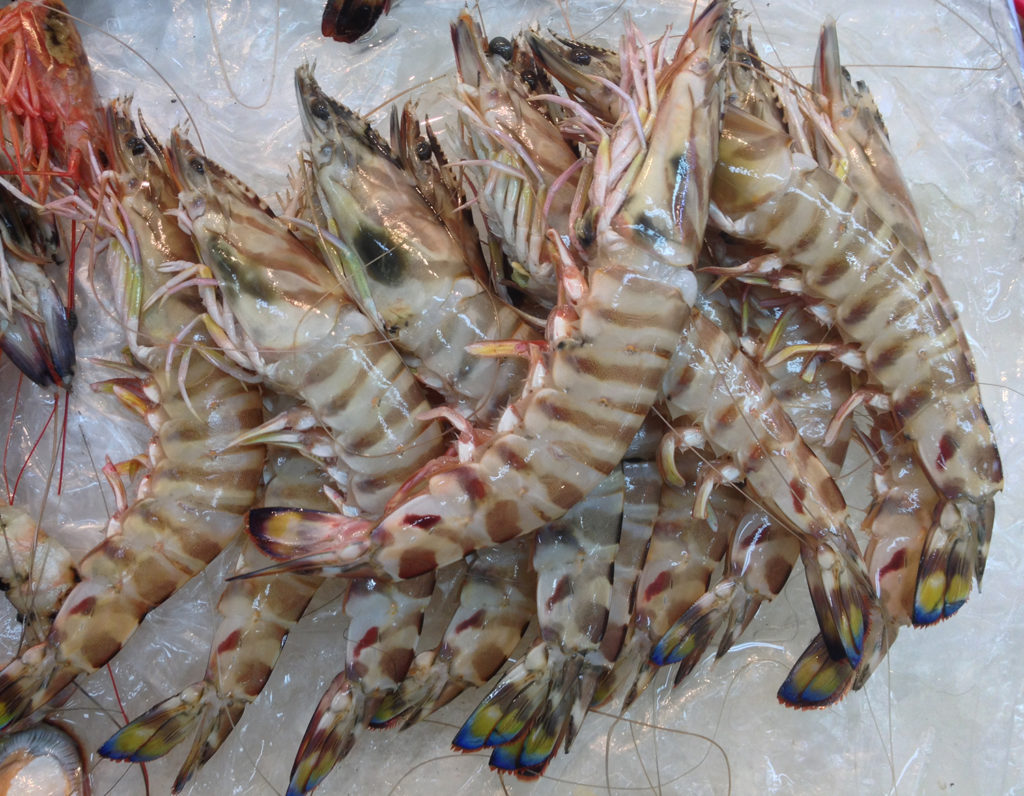
Intelligence
Aquaculture key to increasing seafood supplies to Arab states
Arab States have substantial natural resources to increase aquaculture production. Several types of systems are readily adaptable and can be implemented relatively quickly.

